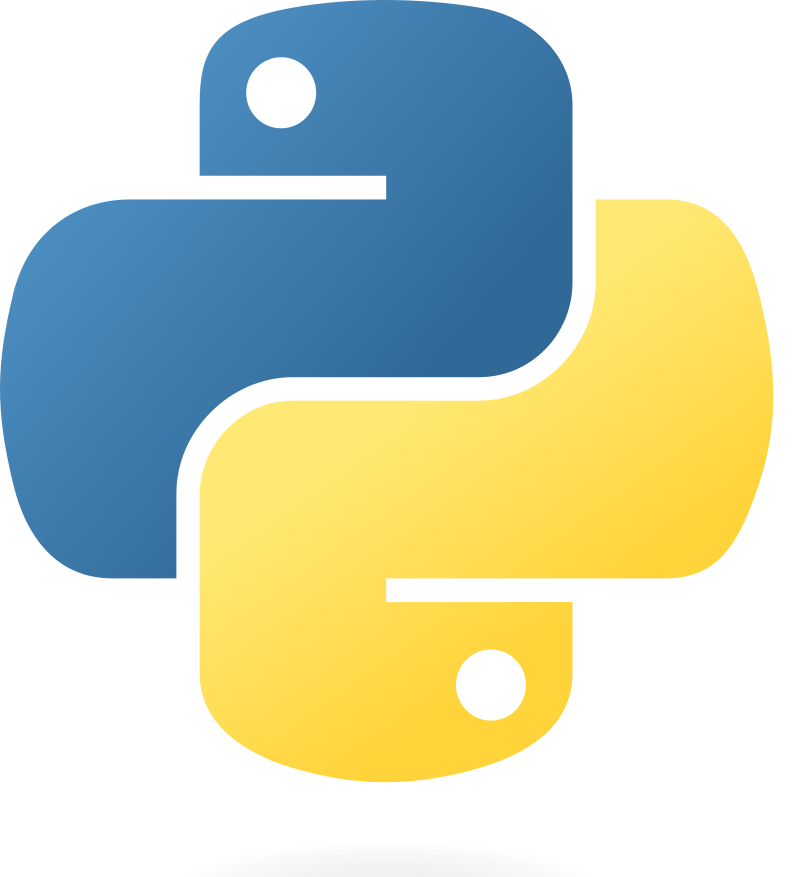Minikube and Kubernetes Tutorial: Getting Started
This guide assumes you have a basic understanding of Docker, Kubernetes clusters, pods, and nodes. We’ll be deploying a simple Flask app using Minikube to get you started with Kubernetes development.
Prerequisites:
- Basic understanding of Docker
- Familiarity with Kubernetes concepts (clusters, pods, nodes)
Let’s Get Rolling!
1. Install Minikube:
Head over to the Minikube website and download the appropriate binary for your operating system: https://minikube.sigs.k8s.io/docs/start/?arch=%2Flinux%2Fx86-64%2Fstable%2Fbinary+download
2. Clone the Sample App:
We’ll use a simple Flask app to demonstrate deployment. Clone the repository using Git:
git clone https://github.com/CodesInTheShell/flask_vue_monolith3. Start Minikube Cluster:
Start your Minikube cluster using the following command:
minikube start4. Configure Docker for Minikube:
To run Docker commands within Minikube instead of your host machine, execute this command:
eval $(minikube docker-env)5. List Docker Images:
Take a peek at the available Docker images to verify you’re working within the Minikube environment:
docker image ls6. Build the Flask App Image:
Build the Docker image for your Flask app using the following command:
docker build -t python-flask:latest .7. Deploy the Container:
Deploy the containerized Flask app to your Minikube cluster using a deployment manifest file (deployment.yaml). You’ll need to create this file with the appropriate configuration.
minikube kubectl apply -f deployment.yaml8. Expose the Application:
Create a service manifest file (service.yaml) to expose the deployed container as a service. This allows external access to your application.
kubectl apply -f service.yaml9. Verify Deployment:
Check the status of your pods and service using the following commands:
kubectl get pods
kubectl get svc10. Access the Application:
Use the minikube service command to get the URL for accessing your deployed Flask app:
This command will provide you with the URL to open your application in a web browser.
minikube service python-flask-service --url11. Clean Up:
When you’re finished, you can clean up the resources by deleting all deployed objects in the cluster:
Bash
kubectl delete all --allSummary:
- We set up a Minikube cluster.
- Built a Docker image for the Flask app.
- Deployed the container using a deployment manifest.
- Created a service manifest to expose the application.
- Accessed the application through the provided URL.
- Cleaned up resources by deleting deployed objects.
Additional Notes:
- Remember to replace
python-flask-servicewith the actual service name defined in yourservice.yamlfile. - This is a basic example. Kubernetes offers more advanced features and configurations for managing complex applications.
By following these steps, you’ve successfully deployed a simple application using Minikube and learned some fundamental Kubernetes concepts. Now, you can explore further and build more robust and scalable applications using Kubernetes.
See youtube video here: https://youtu.be/XtVjjSR5m1Q
